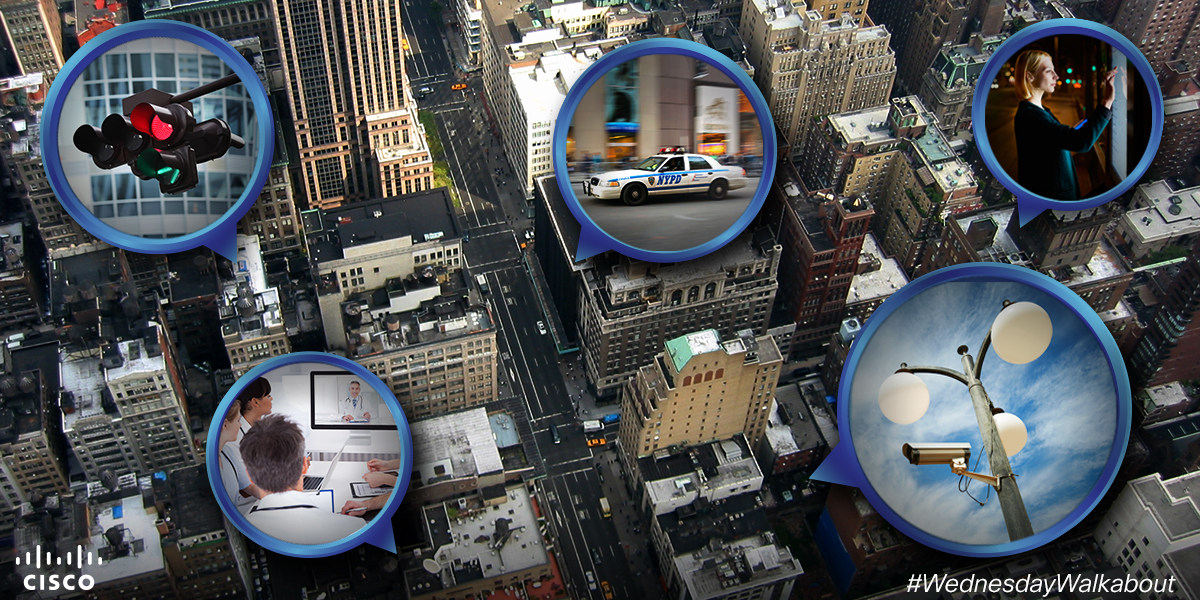Co-authored with Dani Schrakamp
Cybersecurity for all
October is #CyberAware month. This year marks the 12th anniversary of this national cybersecurity awareness campaign, with it bringing a hot topic of discussion. In the digital age, increasing amounts of data are being shared in new and often unanticipated ways. This ever-growing abundance of data, devices and connections brings a set of new security threats. And increasingly, governments are feeling the heat. In fact, cyber attacks on United States government agencies increased 782 percent from 2006 to 2012 (source: GAO-13-187).
Just like private businesses, governments want to take advantage of the opportunities offered by new technologies. However, the stakes do not just hold financial or competitive ramifications. Governments at each level hold large amounts of citizen information and sensitive intelligence. It has become more imperative, yet more difficult, to secure and protect critical information and infrastructure, government assets, and citizens. Recent data breaches and cyber attacks targeting companies and government services have not only fostered public fear, but have also dramatically changed the security landscape making personal digital protection as important as physical protection. Individual technology users are taking on greater responsibility for understanding potential threats, to self-educate, and take the proper steps toward protecting themselves online.
With this serious cybersecurity situation urgently requiring the attention of public sector leaders, network security intelligence—the ability to predict, identify and react to potential threats—is taking on a new importance.
Protect your community against cybercriminals
Today our citizen is a cybersecurity warrior both at work and at home. After a cup of coffee and a quick perusal of the local newspaper, it’s time for work, where our digital citizen is a government leader charged with protecting citizen data, critical infrastructure, and strategic government information.
First on the agenda is a summit meeting of local and national cybersecurity leaders. The venue’s network simply has to work. It has to be secure. And for a cost-effective implementation, it needs a set-up that can be re-used elsewhere for future gatherings. As the organizer, our digital citizen takes a page from the Dutch Ministry of Foreign Affairs and their successful hosting of the 2014 Nuclear Security Summit in the Hague.
Our citizen is now rushing to make a meeting with the community public service administrators. In the face of dwindling budgets, the group is set to discuss how to cost-effectively deliver secure, streamlined services to its widely dispersed population of more than two million residents. Like the government of Castilla-La Mancha in Spain, our citizen recommends a robust web security solution that can also meet identity and access policy requirements. Our citizen also referenced Florida’s Pinellas County, which has seen great success in securely expanding and improving services and convenience for its residents and employees.

After a quick lunch on the go, it’s time for the digital citizen to meet with the community’s Fire Chief. The fire service has over 100 branch offices, which presents a significant security challenge at the edge. End users also rely on a wide range of mobile devices—including smartphones, tablets, and laptops—and require different access levels. The Chief requests extreme reliability that their caliber of work demands, as well as improved security, scalability, and manageability. Like the New South Wales Rural Fire Service, the community’s emergency services network has to be ready to respond to any circumstance, 24/7, 365 days a year.
Ordinary civilians, meanwhile, face new urban threats in the form of Internet fraud and identity theft. You wouldn’t leave your house unlocked, accept gifts from a stranger, or leave the keys to your car in the ignition. So why is a digital security solution less obvious?
The workday is over and our citizen is now at home. Recognizing that as the line between our digital and physical worlds become increasingly blurred, it’s more important for owning personal online presence. Our citizen has taken some preemptive steps to staying safe and secure online. Especially as a government employee, it is the citizen’s responsibility to implement best practices at home and the workplace.
First, the digital citizen takes time to understand the cyber players for consideration—both inside and out. Not only are hackers a threat to personal and professional information, but benign, insider activity can also expose vulnerabilities to malicious actors. That is why our citizen teaches their entire family about protecting themselves online. In fact, with the growing trend of youth cyber awareness and education programs, the digital citizen’s children are encouraged to learn about cybersecurity through camps, classes, and after-school programs. Finally, our citizen uses simple practices that can easily be implemented such as, changing passwords regularly, and avoiding using the same or simple passwords across personal and professional accounts. The citizen also makes a point to ensure Internet-connected devices, like laptops, phones and tablets, don’t fall victim to malware by keeping software of operating systems up-to-date. On the use of social media, our citizen recommends checking privacy settings, recognizing that hackers can take advantage of public information to draft targeted emails for phishing.
The concepts of smart cities and digital government are revolutionizing the way in which everything is managed and delivered in the public sector. At the same time, a growing dependence on digital technology to deliver everyday services brings with it new vulnerabilities. Our citizen displays an important takeaway. From the workplace to the home, everyone is responsible for cybersecurity and needs to be proactive in maintaining security standards in all aspects of our increasingly digital world.
Next Stop
Stay tuned for next Wednesday’s post from #MOTM2015. And be sure to check back each week as we explore new themes, challenges and observations.

Additionally, you can click here and register now to get your questions answered on how to become the next digital community. Finally, we invite you to be a part of the conversation by using the hashtag #WednesdayWalkabout and by following @CiscoGovt on Twitter. For more information and additional examples, visit our Smart+Connected Communities page and our Government page on Cisco.com. Enjoy the Wednesday walkabout!


CONNECT WITH US